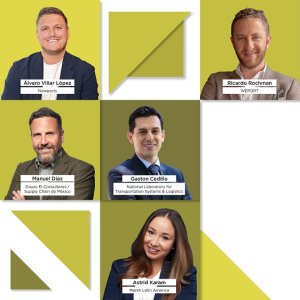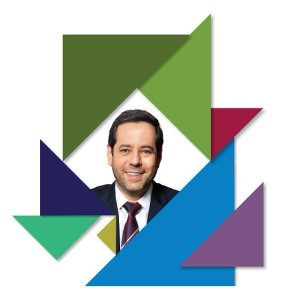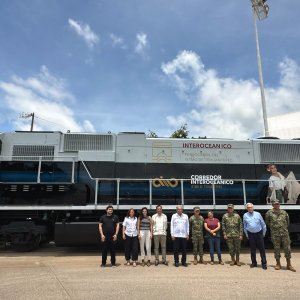Pharmacoeconomic Studies Guarantee Better Access to Medicines

STORY INLINE POST
Q: Why should small biotechnological developers consider INFINITE the ideal clinical research partner?
A: As a small, flexible and adaptable company that works according to the needs of these types of developers, we provide greater chances of success for our partners. Developers are not affected by administrative processes derived from dealing with a more complex CRO, which allows the client to focus only on the development of their molecule. INFINITE also is specialized in integral clinical operation strategies and gives support to small and medium companies with shoestring budgets for investment.
One of our current projects is with a developer of a vaccine-related to allergic reactions. We help this client look for potential users of its medicines in Mexico and we also collaborate in finding the appropriate primary and secondary packaging solutions to carry out randomization processes. In collaboration with UNAM and hospital partners, INFINITE also helped the company find qualified researchers. Today, we have completed 80 percent of the project and the client is satisfied with our performance.
Q: How can pharmacoeconomic studies increase access to healthcare in Mexico?
A: Pharmacoeconomic studies help to evaluate a new drug’s cost-effectiveness and to provide tools to make the best decision when selecting drugs and clinical devices for patients. Previously, clinical research only considered drug safety and efficacy, but economic factors are now included to ensure product cost-effectiveness, thus guaranteeing entry to the basic tables of public institutions.
Previously, companies developed pharmacoeconomic studies when the product was ready to enter the market. Nowadays, it is necessary to perform these at an early stage to evaluate the cost-benefit of research products.
Q: What is INFINITE’s approach to evaluating the efficiency of a pharmacological study?
A: We use an integrated approach that considers all variables throughout the treatment and the drug’s success rate after the patient has been treated. For example, with oncological medicines, we evaluate how long the patient was hospitalized, how many sessions they went through, the side effects that appeared and other general indicators to determine the cost of each variable. Meanwhile, a study for a diabetic treatment considers the drug’s ability to keep the disease under control for a certain period of time, as well as the cost of all the related diseases that may appear as a side effect of the treatment, such as circulatory problems, diabetic foot or more complex metabolic issues.
Q: How can the federal government benefit from medical research to provide better access to healthcare?
A: The clinical research sector attracts foreign investment which helps generate jobs and opportunities for both people and businesses. We want to help the government understand how this can benefit the public healthcare sector and the entire health value chain, while also supporting its goal toward universal healthcare access. Clinical research gives patients access to new treatments for free; yet, Mexico only contributes 1 percent of the world’s clinical research projects. If the country were to attract another 1 percent of the world available market, that could represent up to US$200 million in added clinical research investment.
Q: How will INFINITE’s rebranding strategy impact your position in the market?
A: In the beginning, we enjoyed a certain advantage in the country and in Latin America because we were one of the few companies that gave big CROs legal representation. This made it easy for clients to identify us. Now that we have expanded our reach to international operations, we have found other companies that have very similar acronyms to ours. Our goal is to stand out in the market, which is why we decided to rebrand ourselves as INFINITE on our 17th anniversary on May 16, 2019. This implies revamping our public image and the way we interact with new market conditions. We need to cater to young innovators in charge of the decision-making processes.
























